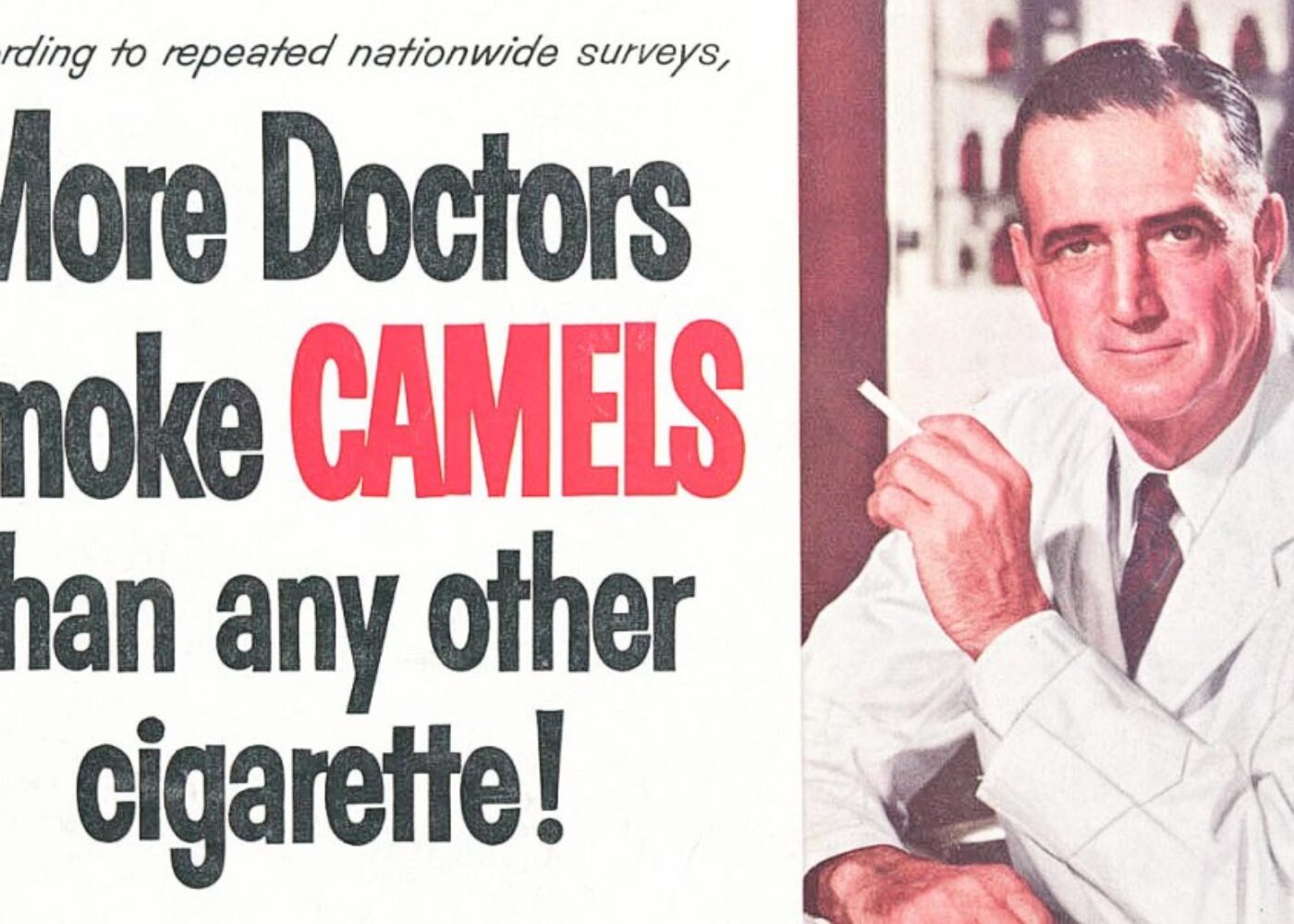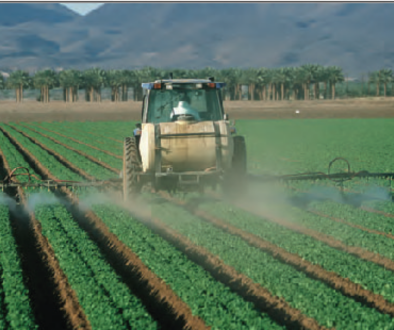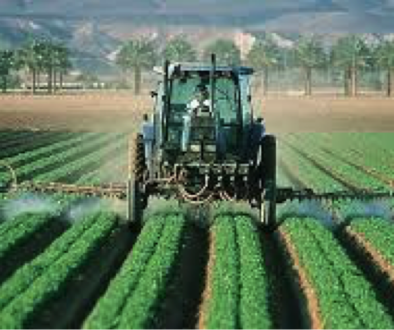GMOs and Safety Concerns

The end of 2014 was a flurry of activity for the movement to label genetically engineered ingredients (GMOs) in our food.
The ballot initiative to label GMOs in Oregon lost by just over 800 votes, and thousands of votes were thrown out. In D.C., a hearing was held to address a piece of legislation that calls for voluntary labeling of GMOs and allows for GMOs to be used in foods labeled “natural.”
The hearing in D.C. brought both sides to the table for a conversation. It’s happening more and more often, as just a few weeks before, scientists debated a senior executive from Monsanto, Robb Fraley, in New York City.
Each time both sides get together, I listen with a business mind and find it fascinating.
Given that the first patent on a genetically engineered food product was filed in 1984 and granted in 1988, it’s hard for those with a business background to see these products as anything other than what they are: a patented invention by the chemical companies that drives sales of their chemicals and incredible return for shareholders.
Which is why it is so amazing that a public company like Monsanto would be given such a public marketing platform like the stage in New York City to promote their products.
Can you imagine if Whole Foods executives had been on the stage instead?
But no, the only executive on the stage was Robb Fraley, a senior executive from Monsanto, and he promoted his operating system for food, one that requires his portfolio of chemical products to make it work.
In D.C., a few weeks later, both sides were present again.
And it came down to one question: do you believe that GMOs are safe?
The scientific debate tends to center around whether genetically engineered crops have been “thoroughly tested.” Right now, it is a “he said” “she said” debate, not unlike what we saw with the tobacco and asbestos industries and their scientific studies claiming that cigarettes and asbestos were safe. That went on for decades, and this one will also go on for a few more.
But while we are examining the genetic engineering of the food, we have to examine the financial engineering of the science.
We continue to see political interference in federal government science. Industry insiders find roles inside government agencies.
In a quick look back to Science Magazine in 2000, a Spanish researcher named Jose L. Domingo who later went on to write a 2007 paper, “Toxicity Studies of Genetically Modified Plants: A Review of the Published Literature,” found only seven peer reviewed papers on genetically engineered crop safety as of 2000, most of them dealing with short-term nutritional effects.
According to Dr. Charles Benbrook, who worked in Washington, D.C. on agricultural policy, science and regulatory issues from 1979 through 1997, served for 1.5 years as the agricultural staff expert on the Council for Environmental Quality at the end of the Carter Administration, and following the election of Ronald Reagan, moved to Capitol Hill in early 1981 and was the Executive Director of the Subcommittee of the House Committee on Agriculture with jurisdiction over pesticide regulation, research, trade and foreign agricultural issues, what that means is that at the time that two genetically engineered products were approved for the food supply, there were no studies in the open scientific literature.
Let’s stop and think about that for a minute in the context of something that is more familiar.
Can you imagine if a medical device or a new pharmaceutical drug were introduced with no studies in the open scientific literature for public review? Or if a car was introduced onto the highway in the same manner?
The concern is shared by the National Academy of Sciences in the paper, Safety of Genetically Engineered Foods: Approaches to Assessing Unintended Health Consequences, “As with all other technologies for genetic modification, they also carry the potential for introducing unintended compositional changes that may have adverse effects on human health.”
The American Medical Association is now calling for mandatory, pre-market safety testing of these products.
By 2007 and Domingo’s more recent and comprehensive review, a “Toxicity Studies of Genetically Modified Plants: A Review of the Published Literature“, there were still no more than about ten studies assessing the toxicological impact of genetically engineered ingredients in our food supply, almost all are limited in scope (there is a review of 24 studies focusing on nutritional equivalency), and short term, with most of them dealing with genetically engineered foods other than corn and soybeans.
The chemical and biotech industry will say that these products are more tested than any other on the market, but with a generation of Americans growing increasingly sick and allergic, people are asking: By whom?
The bottom line is that there are few published, peer reviewed studies on the toxicological impacts of today’s commercial genetically engineered ingredients now found in our food supply, and almost none on older genetically engineered ingredients that provide evidence that show that these foods are toxicologically safe.
At the conclusion of the abstract for the 2007 paper, the author himself poses the question: “where is the scientific evidence showing that GM plants/food are toxicologically safe?”
In the last year, the industry claimed an animal feeding study of “one trillion meals”, but it was quickly dismissed as a marketing tool, since it was not a controlled study, toxicological analyses were not carried out on the slaughtered animals, and there were many uncontrolled variables. It also failed to differentiate between acute toxicity (like a life-threatening allergic reaction) and chronic toxicity.
Commercialized genetically engineered crops are not acutely toxic are no more acutely toxic than smoking or asbestos, but that does not rule them out for low-dose, chronic toxicity.
Correlation is not causation but with the Centers for Disease Control now reporting that cancer is the leading cause of death by disease in children under the age of fifteen, that there has been a 265% increase in the rates of hospitalizations related to food allergic reaction, it is worth noting that “no evidence of harm” is not the same as “evidence of no harm.”
What we are witnessing, through 55 members of Congress that have called for the labeling of these ingredients, the over one million Americans who have sent comments to the FDA asking for the same, and the growing number of state labeling initiatives that have been introduced, most recently by a Republican in Indiana, is a movement, perhaps begun by the Spanish researcher with his ask for the scientific evidence showing that genetically engineered foods are toxicologically safe, and a call for the labeling of these foods, as they are labeled in over 40 countries around the world, until we have more science.
I do not believe that these products have been proven safe. Scientists themselves are moving away from genetic engineering and modification to a new technology, “gene editing.”
We need more science, science from the pediatric cancer community, autism community, asthma and allergy community and more. We need to examine the financial engineering of the science as closely as we examine the genetic engineering of the food. And in the meantime, we need the ability to take personal responsibility for our health and avoid these products should we want to by having them accurately labeled in the American food system.
Labels create this call to action. They are a call for studies that might alert a pregnant woman working on a farm about the impact that her exposure to these crops and the chemicals used to produce them might have on the health of her unborn babies.
They are a call for science and for the research that tells a mother if her child is allergic to conventional soybeans, the kind that has been in our food supply for generations, or if her child is allergic to the genetically engineered components now found in soybeans that were introduced in the late 1990s.
They are a call for science to determine if the allergic reaction to soy is to genetically engineered soy or to soy treated with glyphosate, the active component of Roundup which is now patented as an antibiotic, and the other chemicals that are increasingly poured on these crops.
Labels are a call to action, a call for the scientific tests that would enable a father to test his child for allergies to all of those different components of what we now call “soy” at his allergist’s office.
It is a call for science and our right to know about the foods that we are eating and what their impact might be on the health of our families.
It is a call to examine the low-dose, chronic toxicological concerns of repeated exposure. One look at the prenatal studies as highlighted by Dr. Theo Colburn show why. View the timeline of prenatal development.
Is correlation causation? Not at all, but with millions of Americans beginning to wake up to the fact that we have additives in our food supply, from lean beef trimmings, to artificial growth hormones to genetically engineered ingredients, additives that were not in our foods a generation ago, we are asking for more science, integrity in science, full disclosure of the financial engineering behind the science, and for labels and the right to make an informed choice about what we are feeding our families.
We have learned what can happen otherwise, from the tobacco industry.
As Carl Sagan once said, “We have designed our civilization based on science and technology and at the same time arranged things so that almost no one understands anything at all about science and technology.” Labels help us gather more science on the side effects of the technology used to genetically modify our food.
These ingredients are labeled in countries around the world – like England, Japan, Australia, New Zealand, the European Union, China, Russia and India. These countries are not anti-science. Americans have the same liberty to know that these new ingredients have been introduced into our food, too.
All of our key trading partners label GMOs. Have they dismissed the science? Not at all. They have simply examined the financial engineering of the science, the studies that we have to date and are calling for more.
Do we need this food to “feed the world”? We already produce enough food to feed 11 billion people, and there are just over 7 billion on the planet. The rest, 30-40% of the food produced, is thrown away.
When it comes to labeling GMOs, some may want to do it as a call for more science, others because of the excessive levels of glyphosate poured on the crops and health concerns, others may want to label these products because of the imprecision of the technology and what some molecular biologists refer to as the “genetic rubble” that can be created during the insertion process, others for religious reasons, others so that they can take personal responsibility for their own food decisions as the rates of cancer, food allergies, autism and other conditions escalate.
Whatever the reason, it is time that the United States joins developed countries around the world, representing 60% of the world’s population, and label genetically engineered ingredients so that more science and post-market surveillance studies can be conducted.
Additional Resources:
Scientific Integrity: Union of Concerned Scientists
UF Scientists Collaborate with Monsanto
The Space Shuttle Challenger Disaster: A Study in Organizational Ethics
Safety of Genetically Engineered Foods: Approaches to Assessing Unintended Health Consequences





